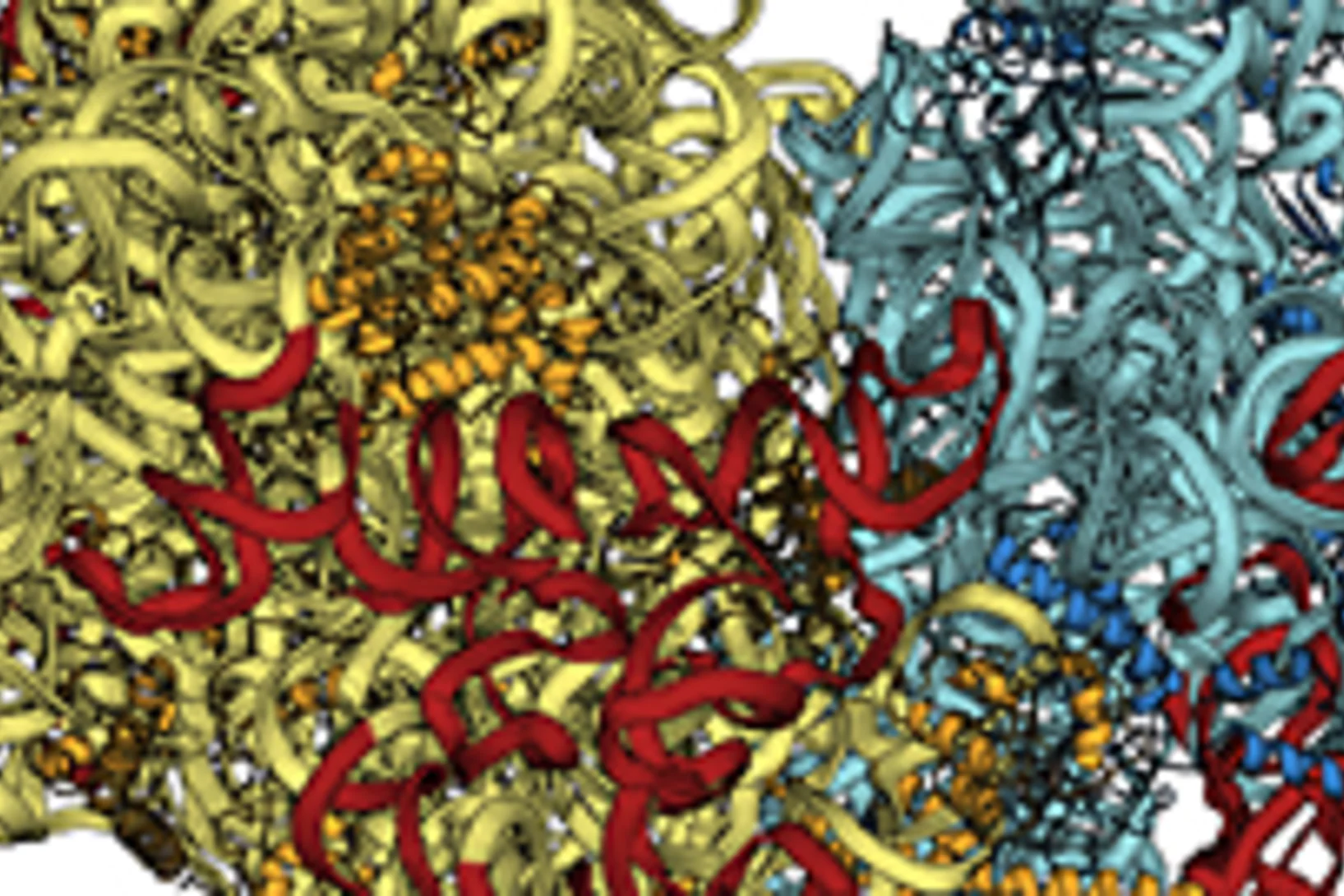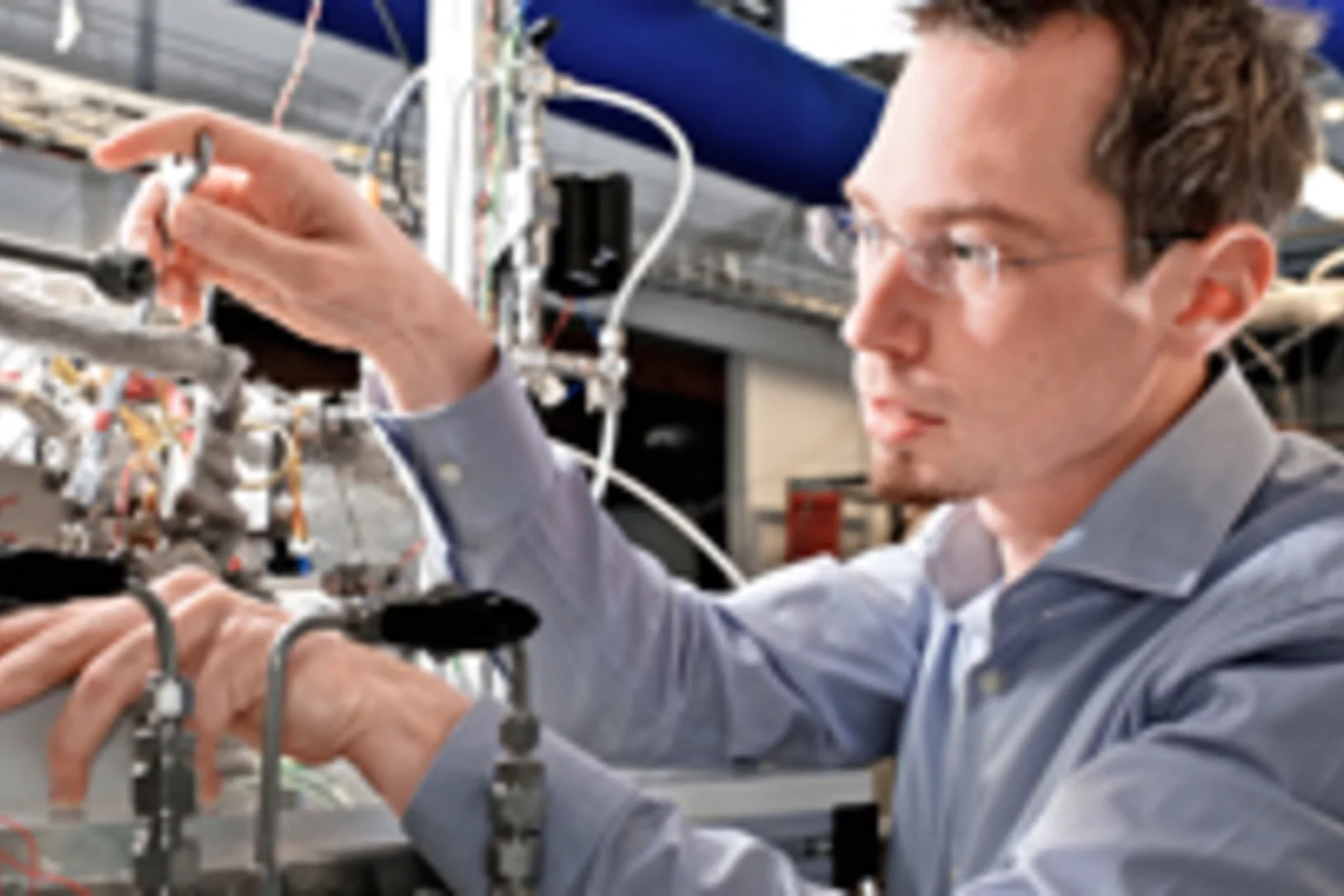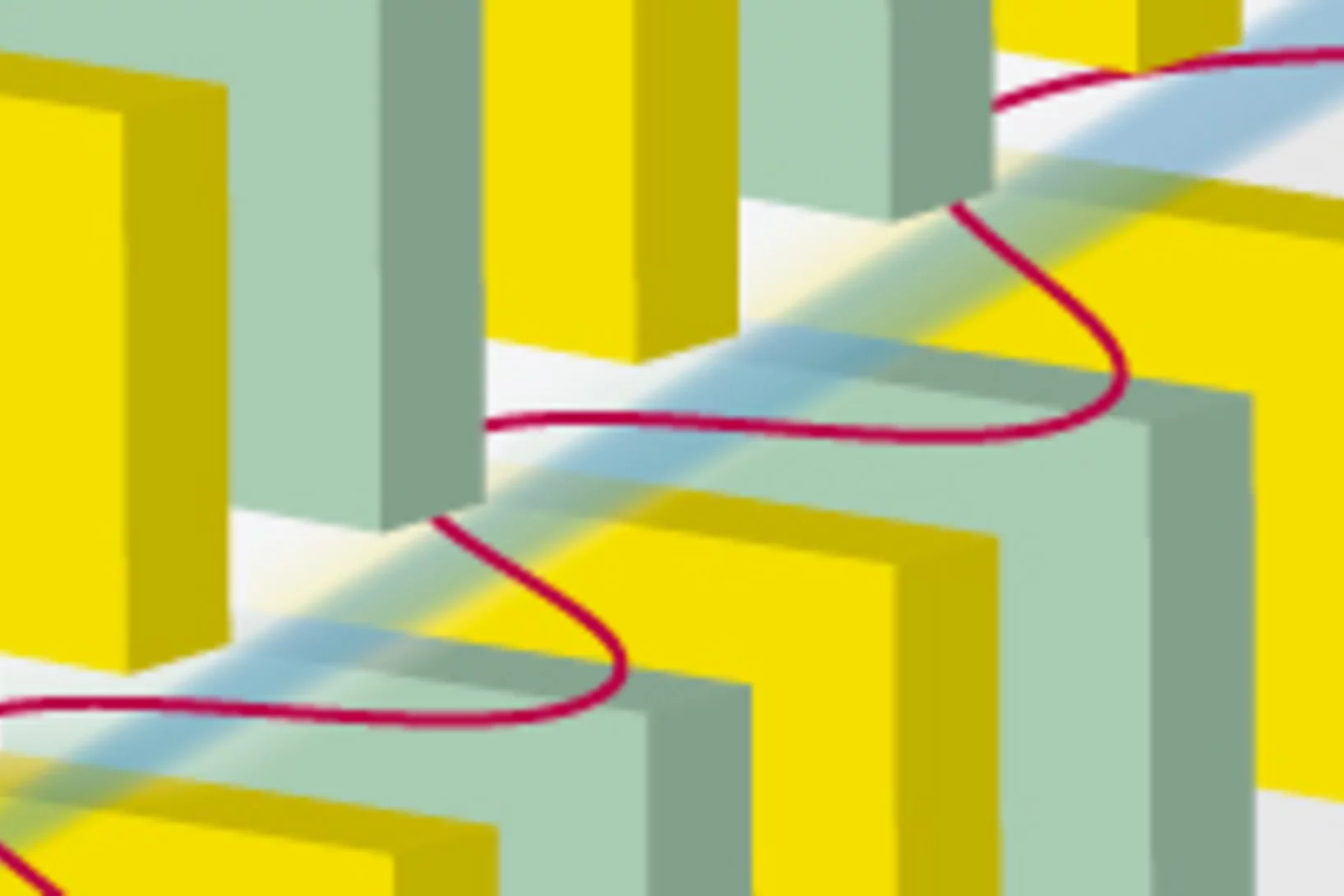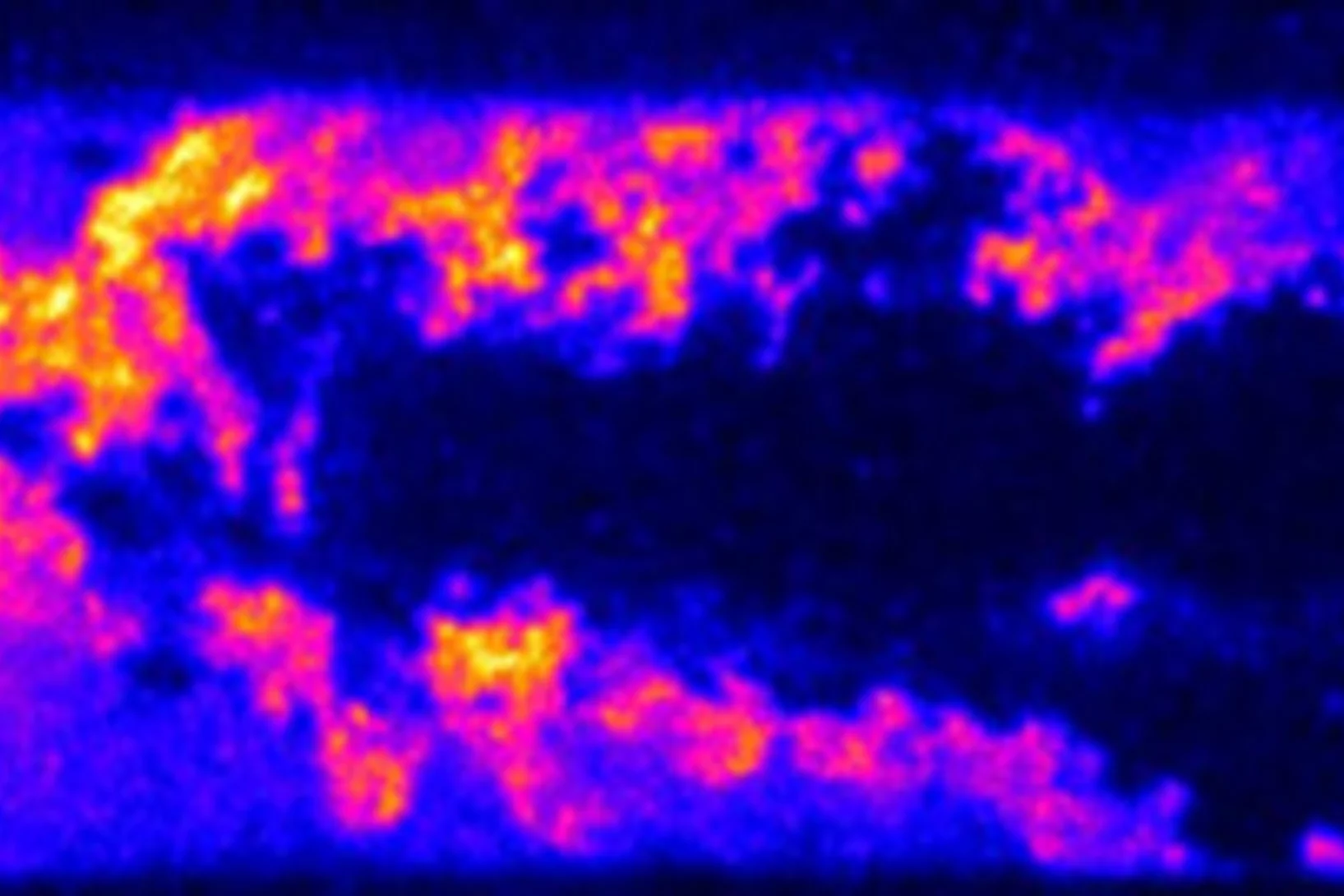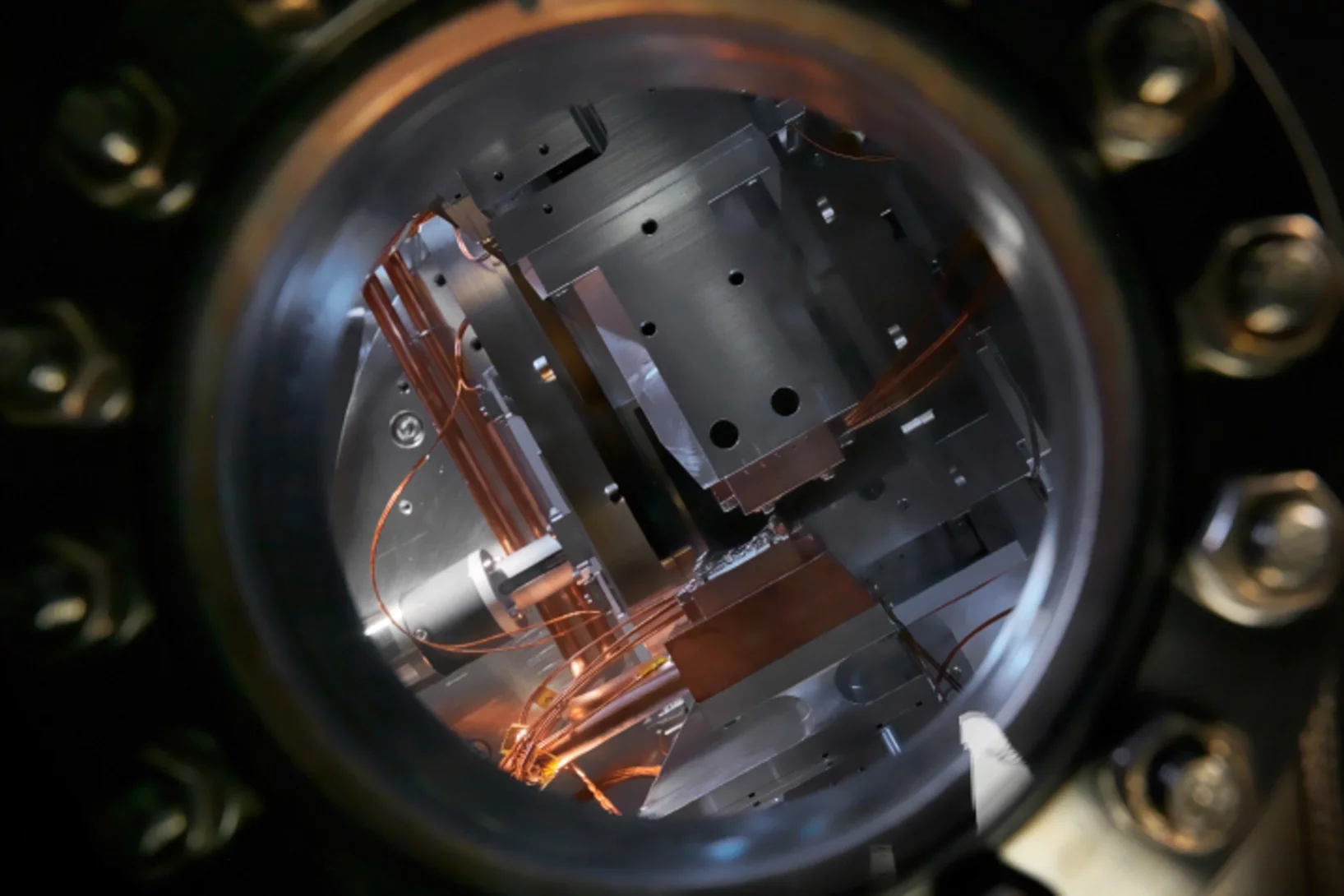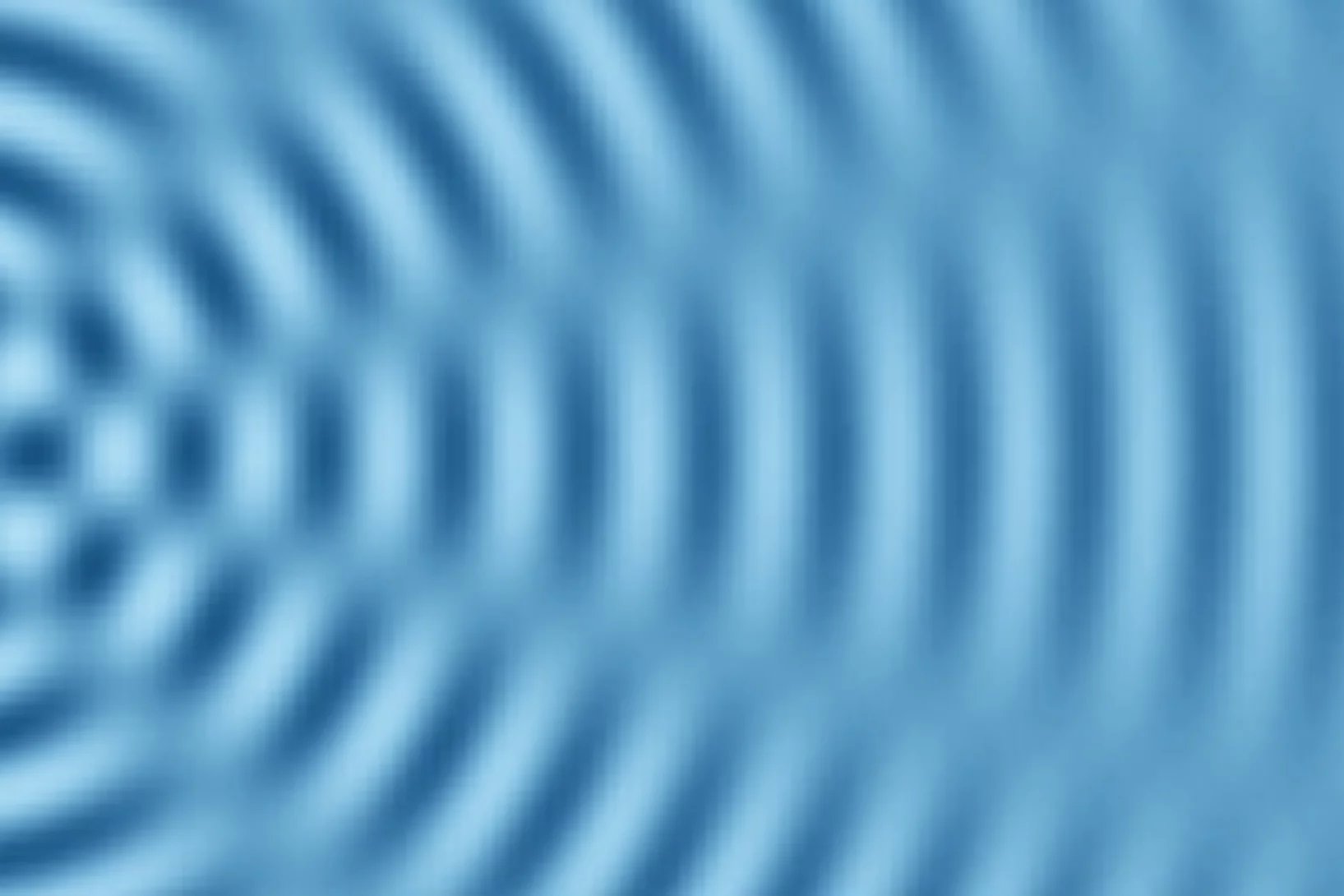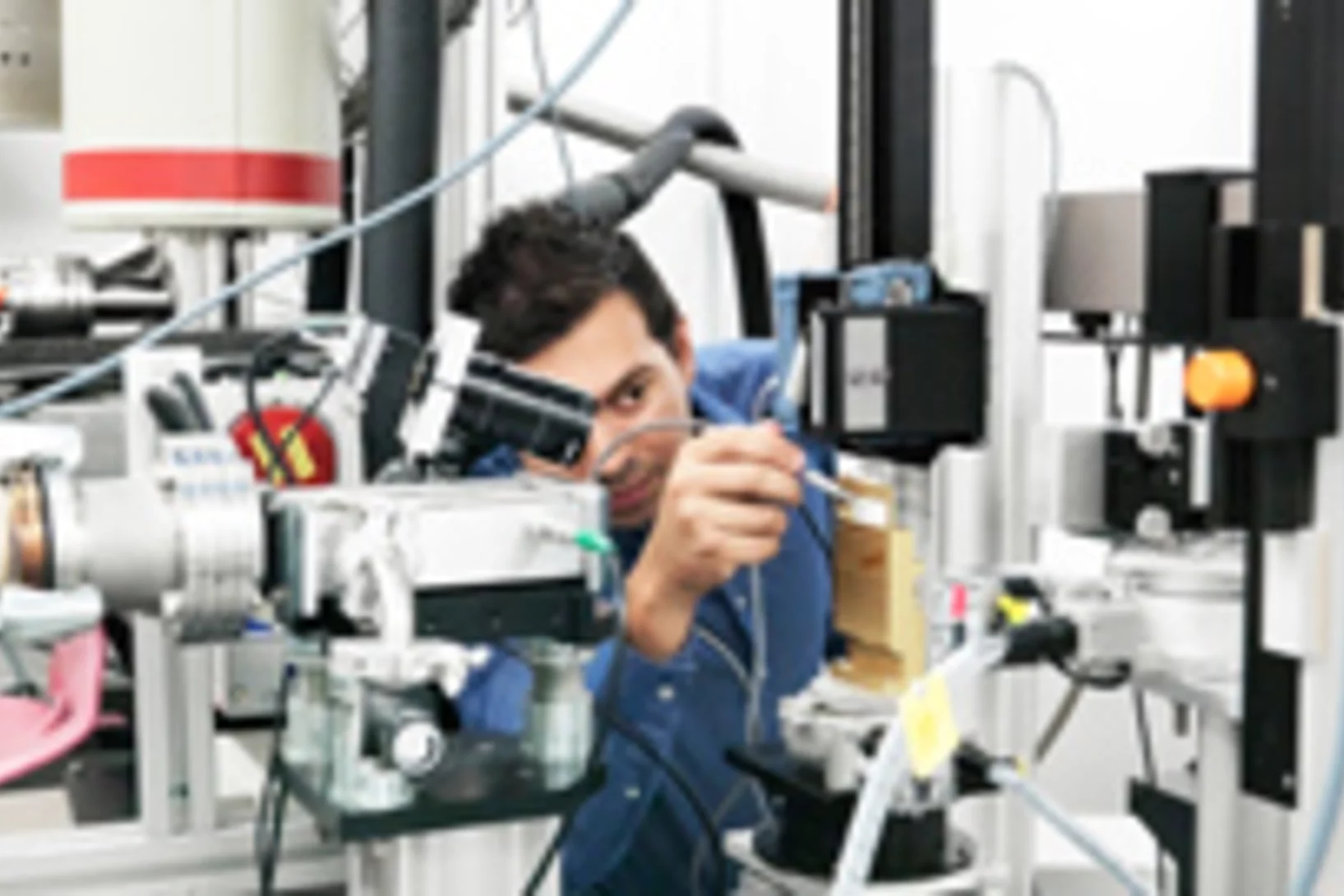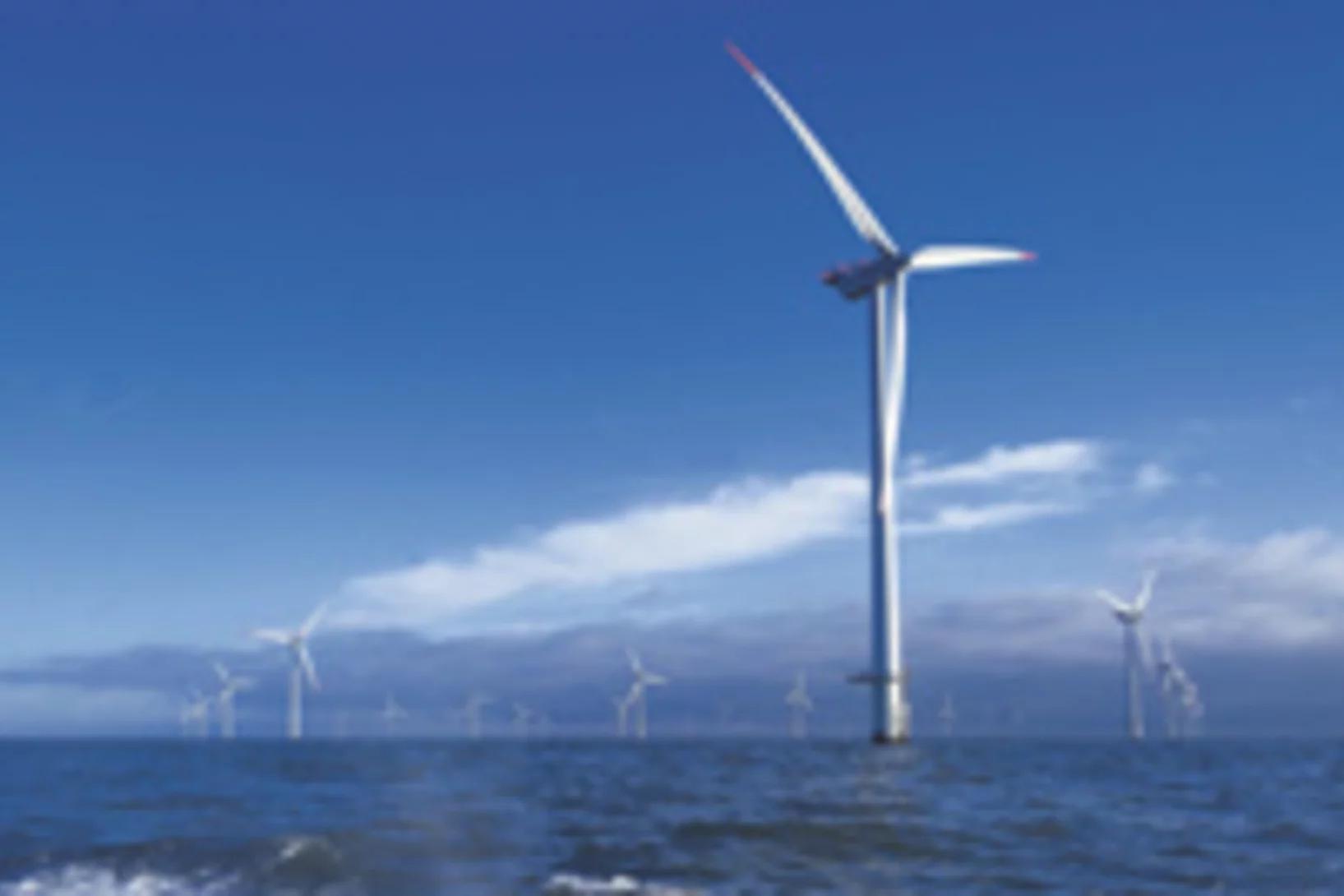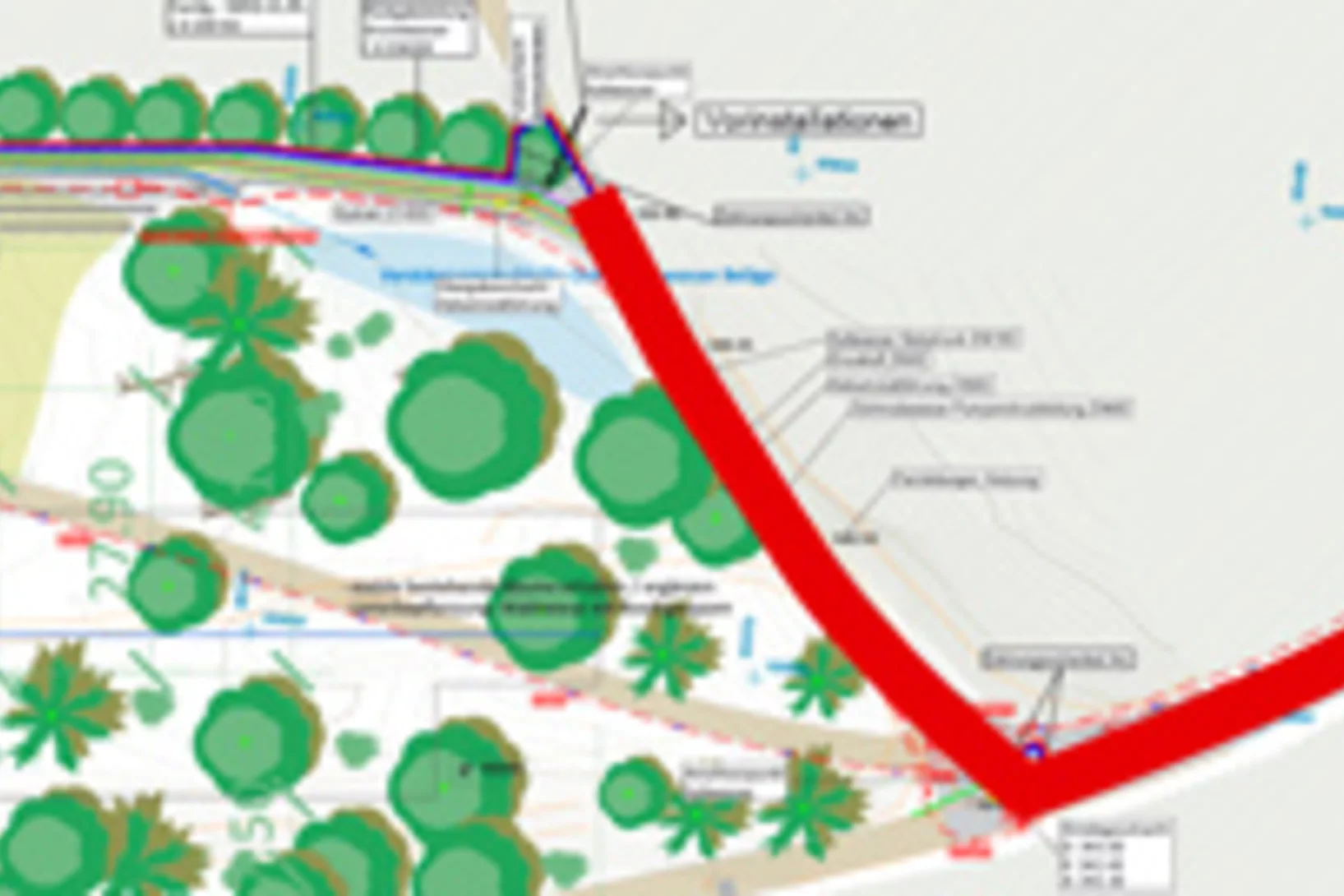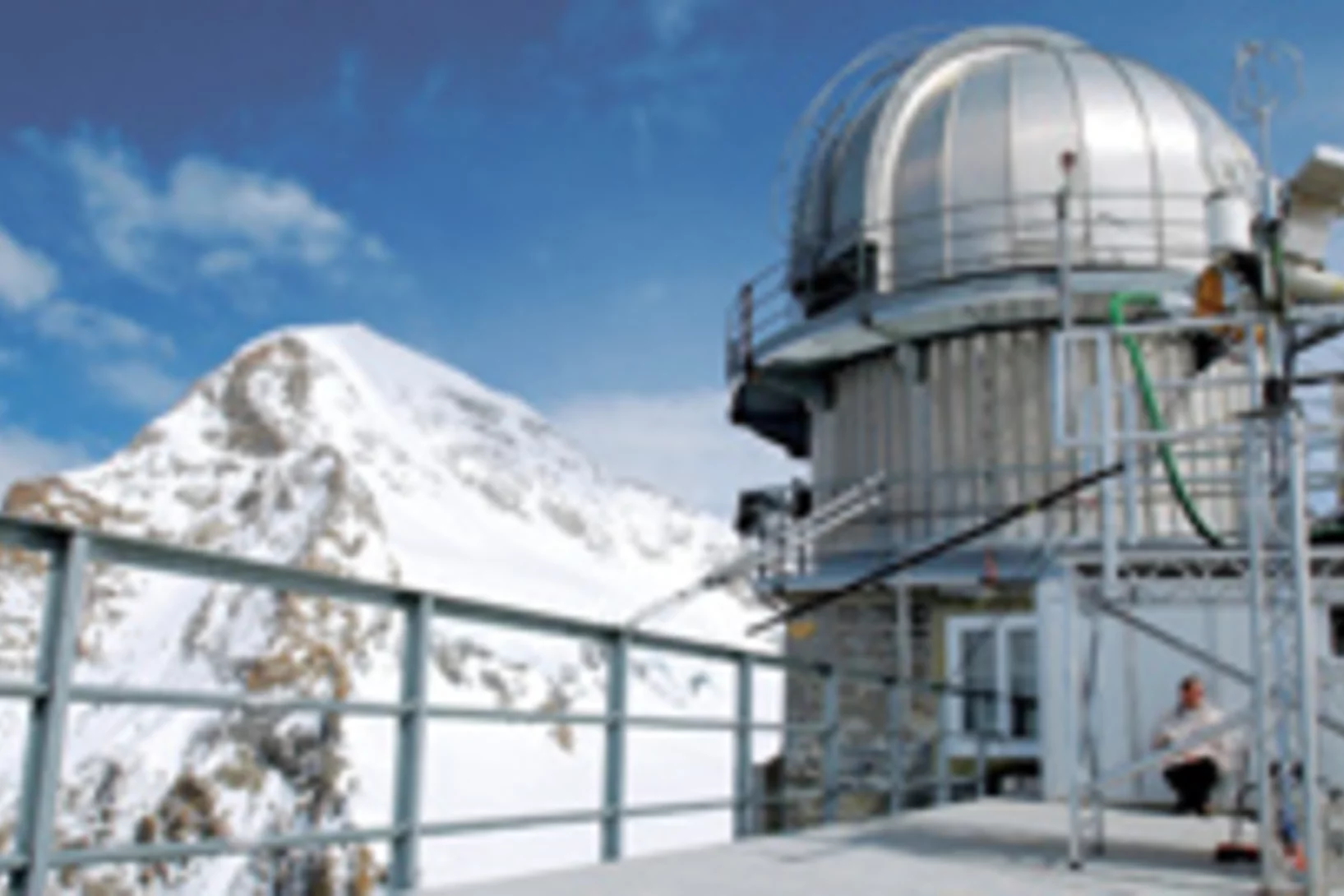PSI Stories
Research at SwissFEL: Seeing through the building blocks of life
Experiments at SwissFEL will help us understand important processes in living organisms. They will reveal how vital biomolecules, whose structures cannot be determined using current techniques à are constructed. They will also reveal how the shapes of these molecules change. This knowledge will help us understand disease processes and to develop the drugs needed to treat them.
From pinholes to sudden death: How fuel cells age
Researchers at the Paul Scherrer Institute PSI have gained valuable insights into one of the most common ageing mechanisms of polymer electrolyte membranes in hydrogen fuel cells. The robustness of these membranes is crucial in determining the lifespan of a fuel cell. The new findings contribute to longer-lasting cells by a better understanding of one of the main challenges for the commercialisation of these clean energy converters.
SwissFEL – The facility
Inside the SwissFEL, electrons will be accelerated to almost the speed of light, then forced along a curved pathway by very powerful magnets, emitting X-ray light as they travel. SwissFEL is thus composed of an electron gun’ (which generates the electron beam), an accelerator, and an undulator in which the electrons are guided along a wave-like path. An experimental area lies at the end of this track, where the light produced will be used to perform experiments.
All fired up
In many European countries, gas and steam power plants (CCGT plants), also known as combined cycle power plants, are included as options for a safe energy supply. In the 2050 Federal Government Energy Strategy, they are mentioned as a possible replacement for the nuclear power plants that are being phased àout. Combined cycle power plants convert natural gas into electricity using a combination of gas and steam turbines, with very high efficiencies, of around 60 percent. Furthermore, since these power plants can be started up and shut down very quickly, they are ideally suited for compensating production fluctuations from wind and solar power plants. However, their CO2 emissions, whilst the lowest of all conventional power plants using fossil fuels, are still significant. Researchers at the Paul Scherrer Institute are working on a solution for this within the framework of a European Union project.
Excitement that rivals a moon landing
Interview with Thomas HuthwelkerThe Paul Scherrer Institut makes its research facilities available to scientists from all over the world. To ensure these scientists are exposed to optimal conditions when they arrive is the hard work of many PSI staff. An interview with one of these scientists provides a glimpse behind the scenes. This interview is taken from the latest issue of the PSI Magazine Fenster zur Forschung
The advantages of SwissFEL: Why X-rays?
SwissFEL will generate very short pulses of intense X-ray light with laser-like properties, and will therefore provide new insights into a wide variety of materials. The properties of this special "SwissFEL light" will broaden the scope of experiments that can be carried out at this facility.
Watching substances convert
Experiments at SwissFEL will help us understand in detail how one substance is transformed into another during a chemical reaction. Highest priority will be given to catalytic reactions, as these have numerous industrial applications. This research will point the way towards more energy-efficient industrial processes and environmentally-friendly energy carriers.
Die neue Schweizer Energiepolitik: Woher kommt der Strom?
Der neue Energie-Spiegel ist da.Mit der neuen Energiepolitik kommen grosse Veränderungen auf die Schweizer Stromversorgung zu. Werden erneuerbare Energiequellen genug Strom produzieren, um nach dem Aus der Kernkraftwerke unseren Verbrauch zu decken? Oder müssen wir uns in Zukunft auf Gaskraftwerke und Stromimporte verlassen? Und wie wirkt sich die neue Energiepolitik auf die CO2-Bilanz und die Stromkosten aus? Diese Fragen versucht die neueste Ausgabe des Energie-Spiegels zu beantworten.This news release is only available in German.
Erschliessungsarbeiten für den SwissFEL starten
Am 3. September 2012 starten die Erschliessungsarbeiten zur neuen Grossforschungsanlage SwissFEL des Paul Scherrer Instituts. Mit ihnen wird die für den SwissFEL notwendige Anbindung an die vorhandene PSI-Infrastruktur hergestellt.This news release is only available in German.
Top Science at the Top of Europe
Das PSI ist in der Jubiläumsausstellung auf dem Jungfraujoch prominent vertreten75 Jahre Sphinx-Observatoirum und 100 Jahre Jungfraubahnen: Dies ist der Anlass für eine Ausstellung der internationalen Stiftung Hochalpine Forschungsstationen Jungfraujoch und Gornergrat, die im Frühjahr eröffnet wurde.This news release is only available in German.

